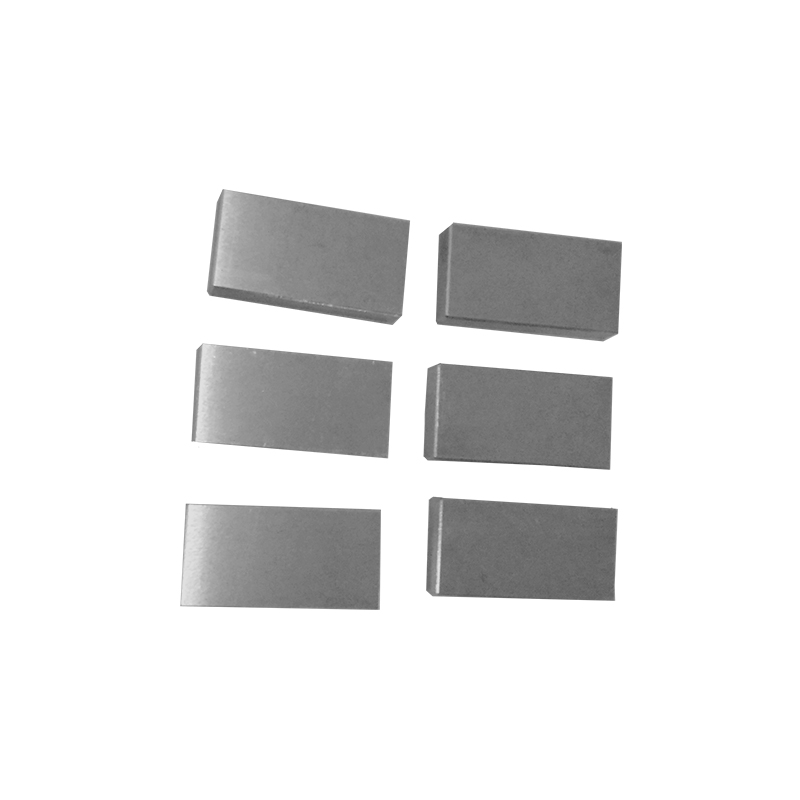Tungsten alloy plates have become indispensable materials in various industries due to their unique properties and versatility. But what exactly are tungsten alloy plates, and why are they so valuable? Let’s delve into the world of these remarkable materials, exploring their composition, applications, and significance in modern technology.
High Density : Tungsten alloys are among the densest materials available, making them ideal for applications where compact mass is required.
Excellent Strength and Hardness : Tungsten's natural hardness ensures that tungsten alloy plates can withstand extreme pressures and wear, even under harsh conditions.
Radiation Shielding : Due to its high atomic number and density, tungsten effectively absorbs X-rays, gamma rays, and neutrons, making it a preferred choice for medical and nuclear industries.
Thermal Stability : Tungsten has an extremely high melting point (over 3,400°C), allowing tungsten alloy plates to maintain their integrity at elevated temperatures.
Corrosion Resistance : When properly alloyed, tungsten exhibits excellent resistance to corrosion, ensuring longevity in demanding environments.
The unique properties of tungsten alloy plates make them suitable for a wide range of applications across multiple industries:
Aerospace Industry : In aircraft and spacecraft, tungsten alloy plates are used for balancing weights, counterweights, and gyroscopes. Their high density allows engineers to distribute weight efficiently without adding bulk.
Medical Field : Tungsten alloy plates serve as effective radiation shields in X-ray machines, CT scanners, and particle accelerators. They protect both patients and operators from harmful radiation exposure.
Nuclear Energy : Within nuclear power plants, tungsten alloy plates provide critical shielding against radiation while maintaining structural stability in reactor components.
Defense and Military : Due to their durability and density, tungsten alloy plates are utilized in armor-piercing munitions, missile ballasts, and protective armor plating.
Industrial Tools : Tungsten alloy plates are employed in cutting tools, dies, and molds because of their exceptional hardness and ability to retain sharp edges during prolonged use.

Sports Equipment : High-density tungsten alloy plates are incorporated into golf club heads, fishing sinkers, and hunting bullets to optimize performance by concentrating weight in key areas.
Advantages of Using Tungsten Alloy Plates
Compact Weight Distribution : The high density of tungsten allows for smaller, more efficient designs in applications requiring concentrated mass.
Versatility : By varying the composition of the alloy, manufacturers can tailor tungsten alloy plates to meet specific needs, whether it's enhanced toughness, magnetic properties, or thermal conductivity.
Environmental Friendliness : Compared to depleted uranium, another dense material used in similar applications, tungsten is non-radioactive and environmentally safer.
Challenges and Considerations
While tungsten alloy plates offer numerous advantages, there are challenges associated with their use:
Cost : Tungsten is relatively expensive compared to other metals, which can drive up production costs.
Machining Difficulty : Due to its hardness, tungsten requires specialized equipment and techniques for shaping and processing.
Supply Constraints : Tungsten mining and processing are limited to certain regions, potentially affecting supply chains.
Future Prospects for Tungsten Alloy Plates
As technology advances, the demand for tungsten alloy plates is expected to grow. Innovations in aerospace engineering, renewable energy systems, and medical imaging will continue to rely on the unique properties of tungsten alloys. Additionally, ongoing research into nanostructured tungsten composites may unlock new possibilities for lighter yet stronger materials.
In summary, tungsten alloy plates are essential materials that combine extraordinary density, strength, and functionality for diverse applications. From safeguarding lives in medical facilities to enhancing precision in sports equipment, these plates demonstrate unparalleled versatility. While challenges exist, their benefits far outweigh the drawbacks, making them a cornerstone of modern industry and innovation.
Whether you're designing cutting-edge technology or seeking reliable solutions for everyday problems, tungsten alloy plates stand out as a premier choice for anyone looking to harness the power of advanced materials.












